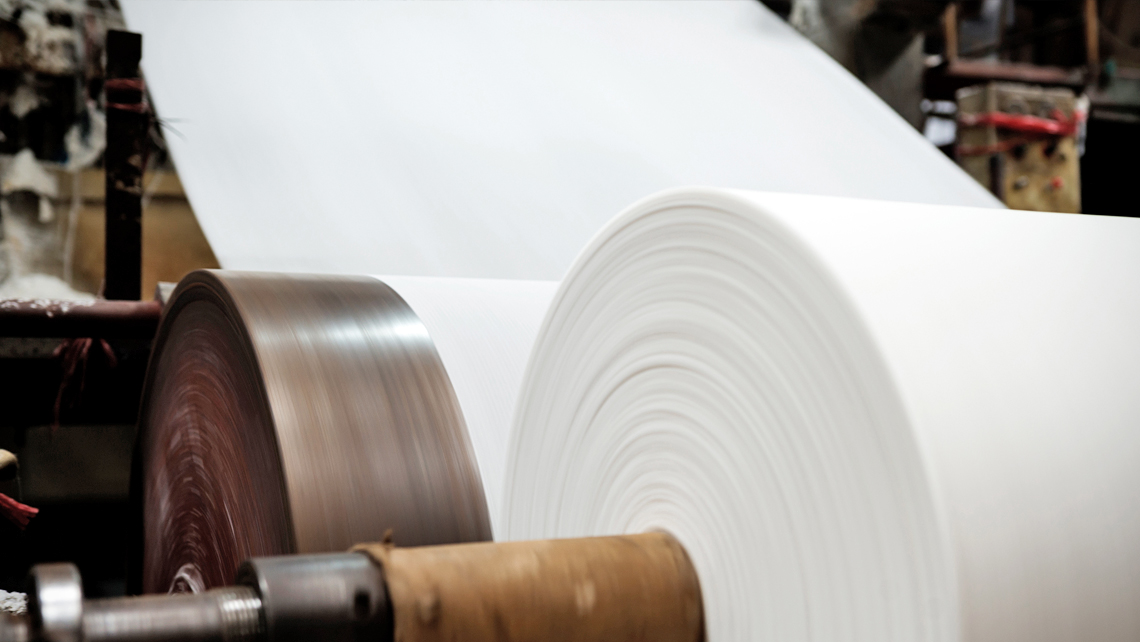How does the KemConnect Predictive Wet End service help prevent runnability and quality issues? Find out the answer to this and other common questions about our new digital service in this article.
If you are aiming for cost-efficient production of high-quality recycled board, optimizing dry strength properties is crucial. In this webinar, our experts share their insights on optimizing strength in recycled fibers.
Here you can find answers to 10 commonly asked questions about FennoGuard GO, the sustainable and safe barrier solution for fiber-based food packaging.
The microbiology of recycled fiber processes has been unknown territory in the pulp and paper industry. Now, after a pioneering research, Kemira has created unique tools to identify and quantify the different bacteria in the recycled containerboard process – to catch and control the real troublemakers.
Dispersion barrier coatings enable sustainable and safe paper and board packaging – our expert shares 3 ways how.
In a hygienic board mill, an outbreak of bacterial spores always results in off-spec production, machine downtime, and financial losses. That’s why a high-performing spore control program is crucial.
Kemira’s new digital service for the pulp and paper industry, Kemira Predictive Wet End, helps paper, board and tissue producers to predict and prevent process disturbances at their machines. But why focusing on wet end chemistry management pays off?
FMCG companies are under pressure to package their products sustainably. Will plastics prevail thanks to improved raw materials and recyclability?
At Metsä Board Kemi mill, the operators can see the board quality hours into the future and prevent disturbances that cause end-product defects. Predictive Wet End, a digital service by Kemira, increases transparency to the complex wet end chemistry.
In this webinar, we’ll introduce our new dispersion barrier that helps reduce and replace plastic in food service paper and board and enables renewable, recyclable, and repulpable fiber-based food packaging.
